How to keep your customers’ endpoint security covered
The new capabilities that allow for more oversight and control


The shift to hybrid working models has transformed the role of endpoint security in the modern enterprise. As a recent report from Gartner makes clear, remote work is now just work. 64% of employees are now able to work from home and two-fifths of them are actively doing so. "The movement to hybrid (or remote work) is a durable trend with more than 75% of knowledge workers expecting future hybrid work environments," the report concludes. "From a security perspective, this requires a total reboot of policies and tools to better mitigate risks."
This is a big deal for resellers and MSPs. IT teams charged with managing and securing a dispersed workforce face countless new points of vulnerability. Those who relied on their traditional network and perimeter-based security models are likely to find – perhaps painfully – that they no longer deliver the protection needed. That’s why channel partners need to step in to help their customers protect their endpoints, making the most of new capabilities like AI and automation to give them more oversight and control.
1. Start with Zero-Trust
Once you’re securing endpoints both inside and outside the corporate network, the classic network security architecture of perimeters and firewalls breaks down and you need a new model to replace it. Zero-trust security isn’t a technology or a set of features, but an approach that makes no assumptions about which endpoints, infrastructure, programs or processes can be trusted, and instead uses intelligence and automation to monitor and hunt for threats. When every action is checked and classified and anomalous behaviour found and blocked, you close down the chances of a compromised endpoint resulting in a serious breach.
With the right technology and services in place, MSPs and businesses can build zero-trust into their endpoint security solutions and start delivering threat detection and remediation capabilities that protect their customers from attack.
2. Layer up and get smart about security
Antivirus products and network firewalls are no longer enough. Endpoint protection involves multiple layers of security, both on the endpoint itself, in the network and running from the cloud. Endpoint protection platforms combine real-time protection and reporting with advanced detection aided by security analytics and real-time intelligence feeds. Endpoint detection and response systems monitor continually for behaviour linked to new exploits, advanced persistent threats and fileless attacks, with everything rooted in zero-trust.
The most effective of these solutions make extensive use of automation and AI, incorporating machine learning and deep learning for continuous monitoring, detection and protection in a way that neither adds to the workload of the IT team nor slows end-users down at work. They also work perfectly within managed services and solutions, giving providers the chance to offload work from their enterprise customers at the same time as strengthening their endpoint protection. What’s more, the more data MSPs can capture and analyse from a range of customers, the better equipped those automated, intelligent systems will be at detecting and warding off incoming threats.
3. Centralise through the cloud
Managing security through a central, cloud-based platform just makes sense. You can monitor endpoints whether they’re on premises or remote. You can apply policies and monitor security from one location using one set of tools. Not only can you manage security, but updates, vulnerabilities, encryption, licensing, privacy and more.
From a reseller or MSP perspective, centralising through the cloud is even more beneficial. As well as the operational efficiencies in handling everything remotely, it becomes easier to protect and manage multiple customers in less time and without hiring new staff. It also helps ensure visibility across more complex or fragmented network architectures. When threats emerge or customers have concerns, you’re in a better position to have all the relevant answers.
4. Simplify and consolidate
While a layered approach is a necessity, that doesn’t mean you want to manage a wide range of security solutions and tools from an equally wide range of providers. This makes it difficult to build up in-depth knowledge, and often results in having solutions in place that overlap, waste time and effort or potentially conflict. You also don’t want solutions that require new IT infrastructure on the premises, or add new tools and processes to learn, adopt and update.
That’s why it pays for MSPs and channel partners to work with a small set of solutions using a minimal set of tools and make the most of built-in automation and integration with existing platforms. Simplify and consolidate, and it’s easier to scale-up, optimise and deliver effective, cost-efficient solutions.
5. Partner with a specialist
MSPs need more from a security vendor. They need specialist expertise, a depth of knowledge and continuous training to help maintain a view across what can be a fast-moving threat landscape. They need solutions and services they can tailor to their customers’ needs, and technologies that evolve to match new security demands. And if that vendor can also provide integrated solutions, automation, consolidation and simplicity, it becomes easier to drive new business and deliver a great service to customers new and old.
WatchGuard EPDR brings together Endpoint Protection (EPP) and Endpoint Detection and Response (EDR) capabilities into one easy-to-buy product for maximum security against sophisticated endpoint threats. It protects users from advanced threats, APTs, zero day malware, ransomware, phishing, rootkits, in-memory exploits and malware-less attacks, and also provides IDS, firewall, device control, and URL and content filtering capabilities. EPDR uniquely automates the prevention, detection, containment, and response actions for ultimate security that is easy to manage and deploy.
WatchGuard EPDR is managed in WatchGuard Cloud, providing a single pane of glass view into the entire WatchGuard Unified Security Platform. Offering a single, centralized interface for delivering and managing network security, advanced threat detection, MFA and endpoint security, WatchGuard Cloud delivers efficient management flows and the utmost in security visibility.
To find out more about WatchGuard and how it’s transforming security for resellers and MSPs, please visit https://www.watchguard.com/wgrd-partners/security-of-one-partner
ChannelPro Newsletter
Stay up to date with the latest Channel industry news and analysis with our twice-weekly newsletter
Dan is a freelance writer and regular contributor to ChannelPro, covering the latest news stories across the IT, technology, and channel landscapes. Topics regularly cover cloud technologies, cyber security, software and operating system guides, and the latest mergers and acquisitions.
A journalism graduate from Leeds Beckett University, he combines a passion for the written word with a keen interest in the latest technology and its influence in an increasingly connected world.
He started writing for ChannelPro back in 2016, focusing on a mixture of news and technology guides, before becoming a regular contributor to ITPro. Elsewhere, he has previously written news and features across a range of other topics, including sport, music, and general news.
-
 Asus ZenScreen Fold OLED MQ17QH review
Asus ZenScreen Fold OLED MQ17QH reviewReviews A stunning foldable 17.3in OLED display – but it's too expensive to be anything more than a thrilling tech demo
By Sasha Muller
-
 How the UK MoJ achieved secure networks for prisons and offices with Palo Alto Networks
How the UK MoJ achieved secure networks for prisons and offices with Palo Alto NetworksCase study Adopting zero trust is a necessity when your own users are trying to launch cyber attacks
By Rory Bathgate
-
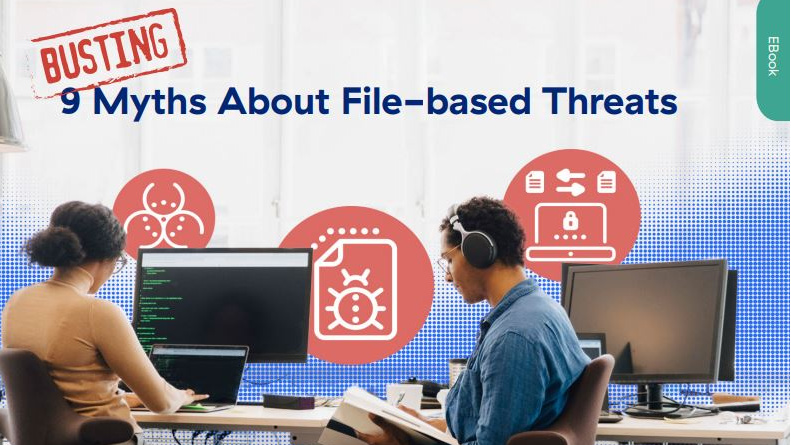 Busting nine myths about file-based threats
Busting nine myths about file-based threatsWhitepaper Distinguish the difference between fact and fiction when it comes to preventing file-based threats
By ITPro
-
 The Total Economic Impact™ of the Intel vPro® Platform as an endpoint standard
The Total Economic Impact™ of the Intel vPro® Platform as an endpoint standardWhitepaper Cost savings and business benefits enabled by the Intel vPro® Platform as an endpotnt standard
By ITPro
-
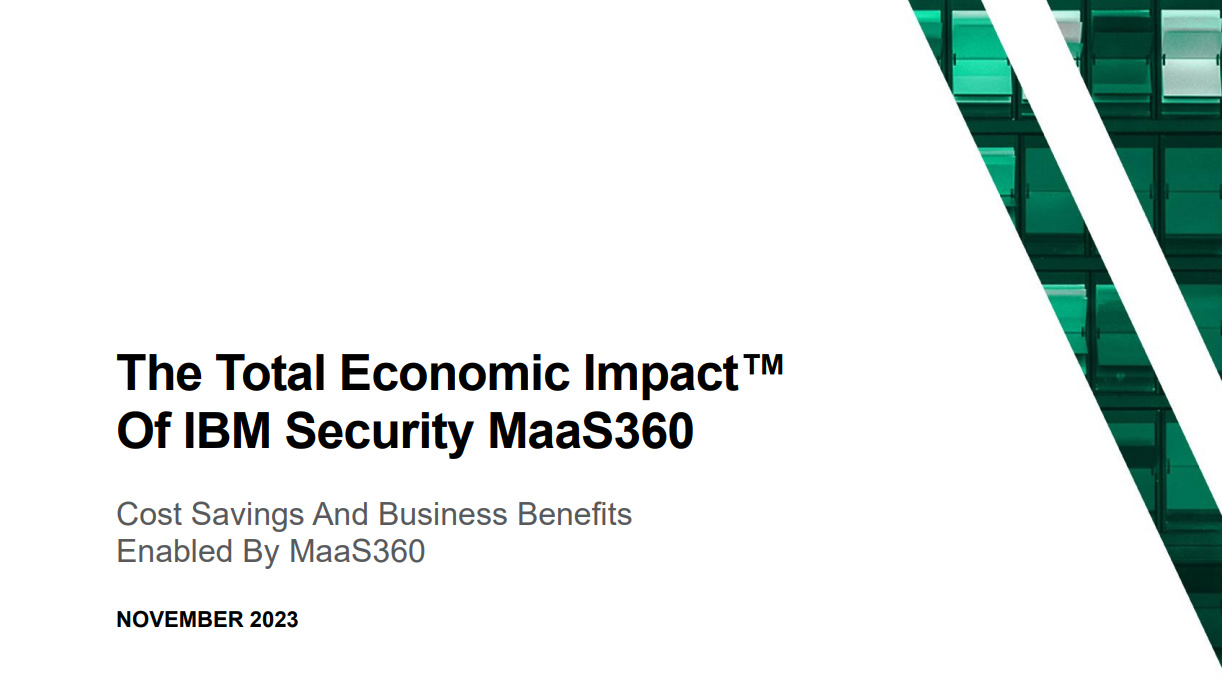 The Total Economic Impact™ of IBM Security MaaS360 with Watson
The Total Economic Impact™ of IBM Security MaaS360 with WatsonWhitepaper Cost savings and business benefits enabled by MaaS360
By ITPro
-
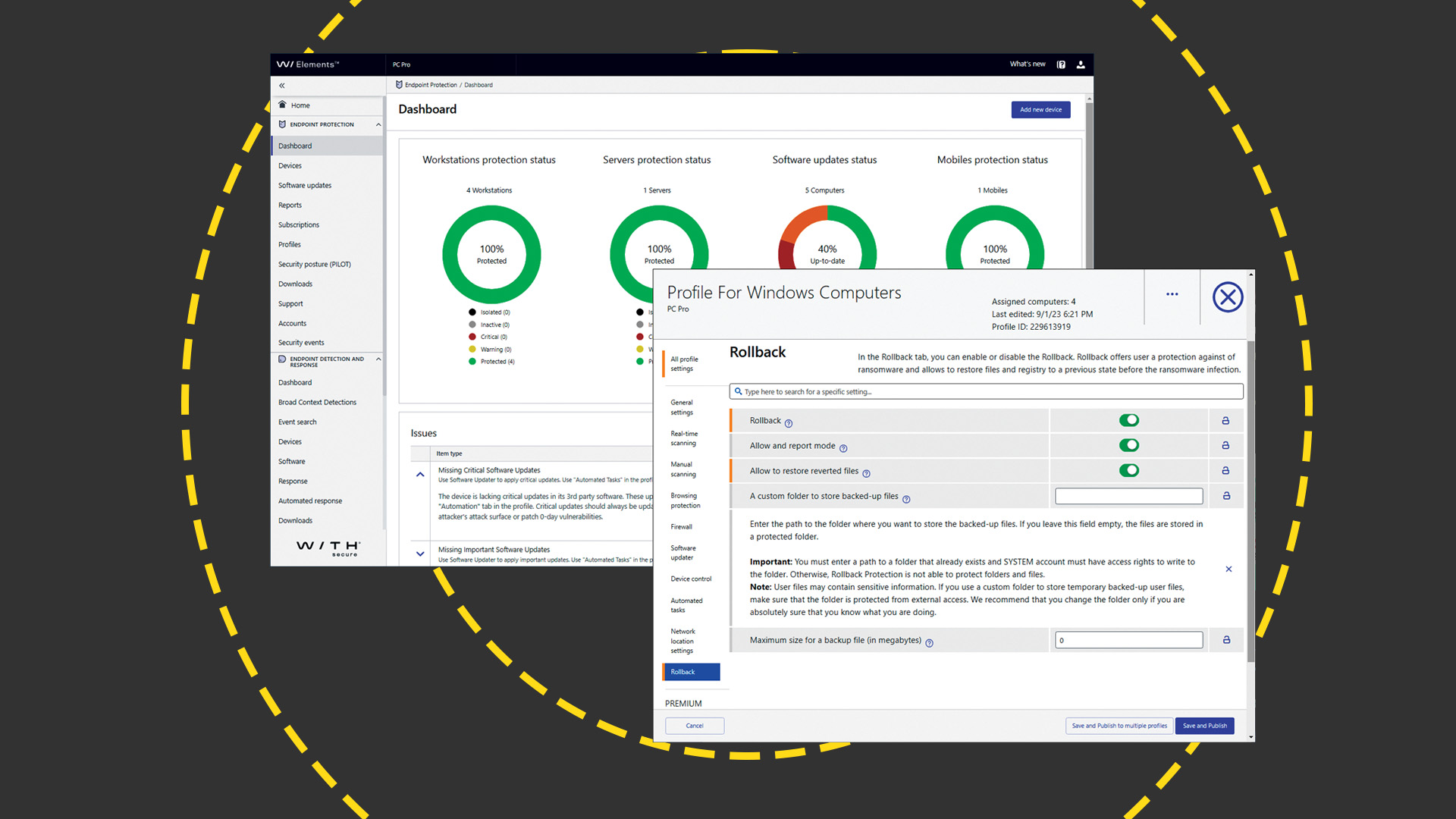 WithSecure Elements EPP and EDR review: Endpoint protection on a plate
WithSecure Elements EPP and EDR review: Endpoint protection on a plateReviews An affordable cloud-managed solution with smart automated remediation services
By Dave Mitchell
-
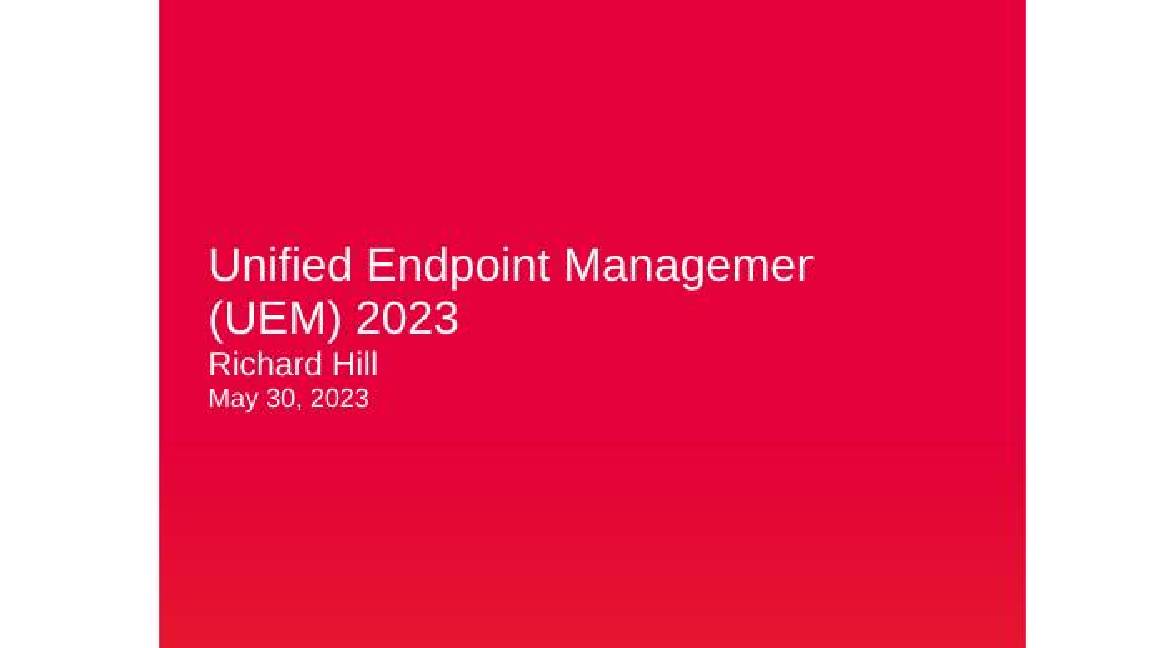 KuppingerCole leadership compass report - Unified endpoint management (UEM) 2023
KuppingerCole leadership compass report - Unified endpoint management (UEM) 2023Whitepaper Get an updated overview of vendors and their product offerings in the UEM market.
By ITPro
-
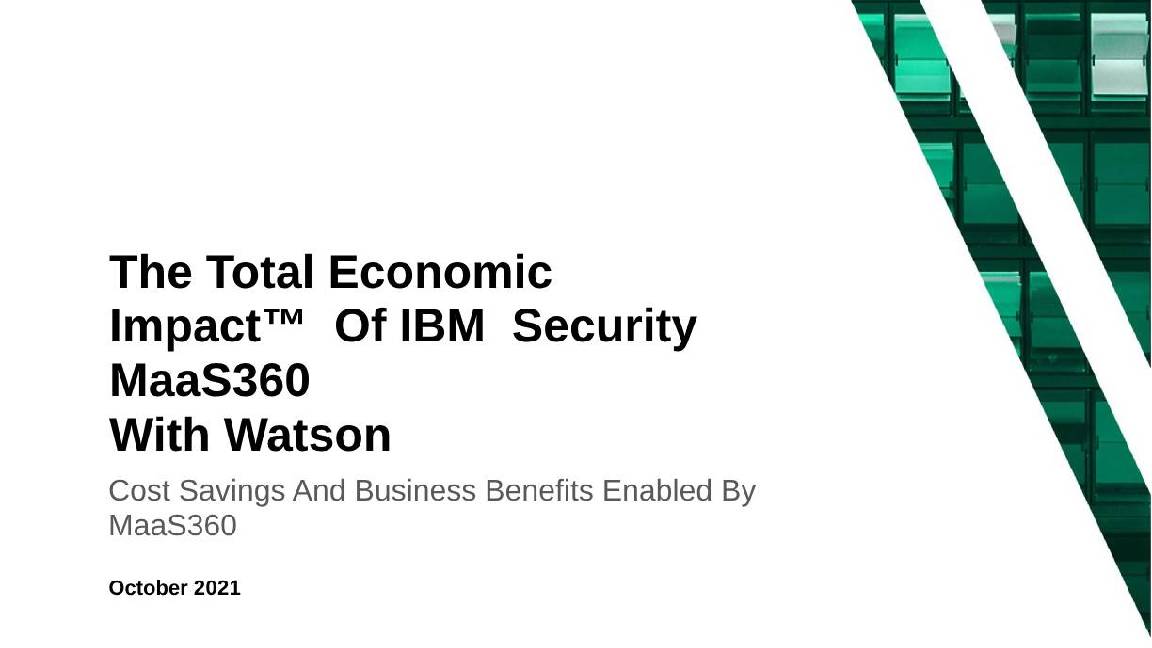 The Total Economic Impact™ of IBM Security MaaS360 with Watson
The Total Economic Impact™ of IBM Security MaaS360 with WatsonWhitepaper Get a framework to evaluate the potential financial impact of the MaaS360 on your organization
By ITPro
-
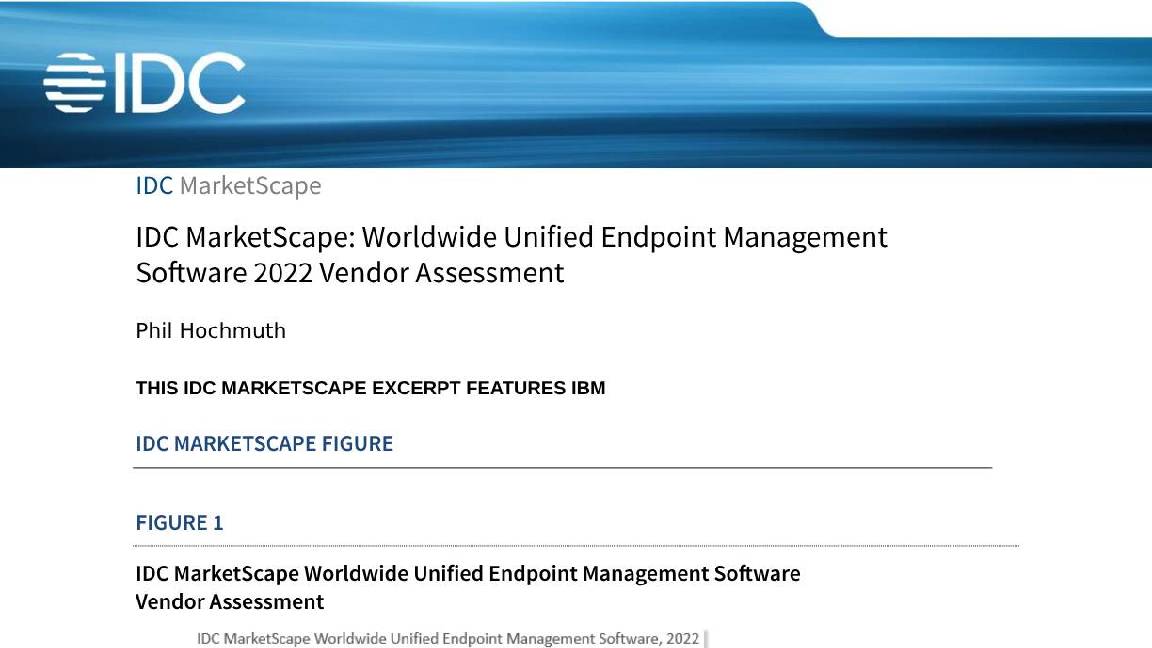 Unified endpoint management software vendor assessment
Unified endpoint management software vendor assessmentWhitepaper Make positive steps on your intelligent automation journey
By ITPro
-
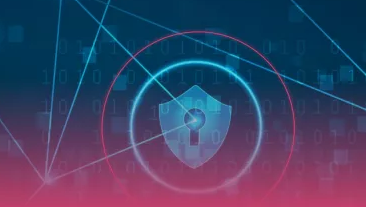 PowerEdge - Cyber resilient infrastructure for a Zero Trust world
PowerEdge - Cyber resilient infrastructure for a Zero Trust worldWhitepaper Combat threats with an in-depth security stance focused on data security
By ITPro